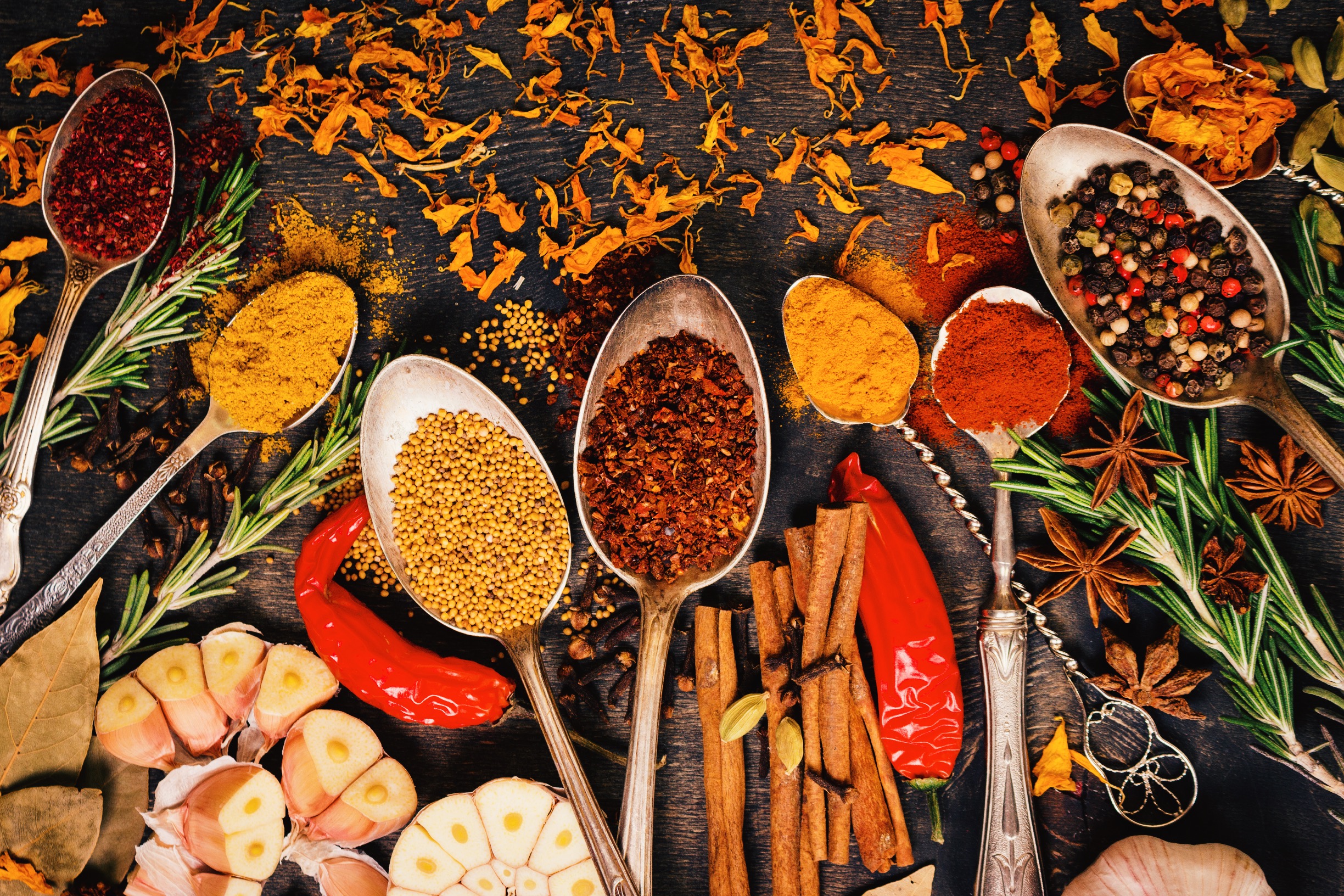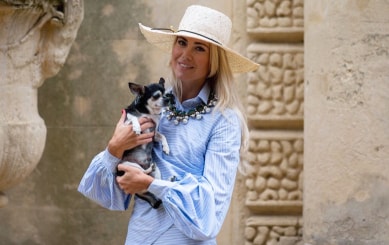I’ve always been fascinated by alternative medicines, be it homeopathy, mineral treatments or Ayurvedic medicine.
When I was little, my grandmother would give me special herbal teas with rose leaf or sea buckthorn, berry jams during winter and in summer months she’d make me special plantain compresses for the numerous cuts, stings and bruises I’d obtain while running in the garden.
Some of these things you take with you throughout your lifetime, passing them onto your own children, while other tips and tricks you pick up en route.

Even though I’ve lived in the UK for over 20 years, I’ve always been amazed by how readily and easily antibiotics are administered. Moreover, at times it feels like doctors adopt an almost one-size fits all approach. Penicillin and Co-amoxiclav get administered for almost everything, whether it’s a throat infection, gastro infection, female complications, and everything in between. And at times, when one type of antibiotic doesn’t work, the doctor will just prescribe another… and another.
Why, I wonder, is the best drug for the ailment not known and prescribed? A lot of the time it’s down to tight budgets and commission paid to doctors for prescribing specific drugs. Unfortunately it is not always possible to get the correct treatment when you go through the NHS, while private doctors will send you for no end of tests and screenings as a way to generate profit. And children also get stuck in the same loophole of blanket prescriptions. Not long ago my eldest was forced to take two courses of two different antibiotics over one winter!
Now don’t get me wrong – I don’t want to say antibiotics are bad. They have done wonders for our society and reduced mortality from many of the epidemic infectious diseases that used to be responsible for millions of deaths every year. What I would like to say, however, is that perhaps taking better care of yourself and going on one of these rejuvenating programs once a year may eliminate the need for frequent use of antibiotics and other over the counter medicines.
Panchakarma treatments have been shown to create measurable brainwave coherence which in turn allows the body and mind to drop into a profound level of peacefulness. In this state of relaxation, it is possible to cleanse toxins from tissues as well as to release deeply held emotional tensions.
Panchakarma therapy must always begin with an initial consultation by a qualified Ayurvedic physician who can determine the individual’s constitutional type, the nature of the health problem (if any), and the appropriate degree of intensity of the prescribed therapies.
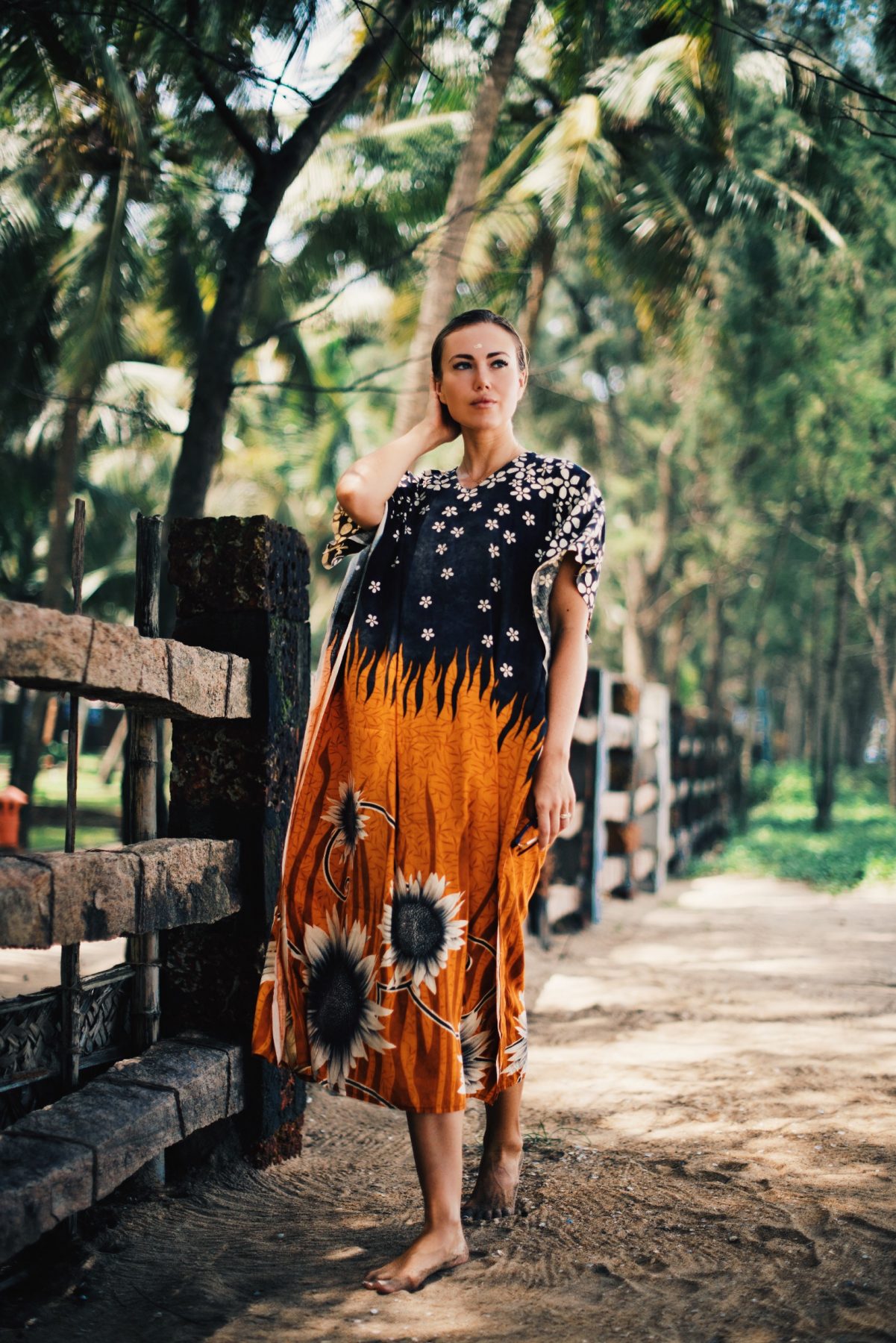
While Ayurveda is now practiced across the globe, my own research led me to believe it’s still best to do it authentically in India. They have the well-equipped treatment rooms, an on sight yoga guru and a healer at hand.
I chose Sitaram Beach Retreat in Kerala, also commonly known as “God’s Own Country” in South of India.
Amidst beautiful greenery and the Arabian sea right at your doorstep, there are 12 perfectly arranged cottages with all the amenities, 4 treatment rooms and a “Slow Food” organic vegetarian restaurant. I couldn’t have picked a better place to relax and rejuvenate!
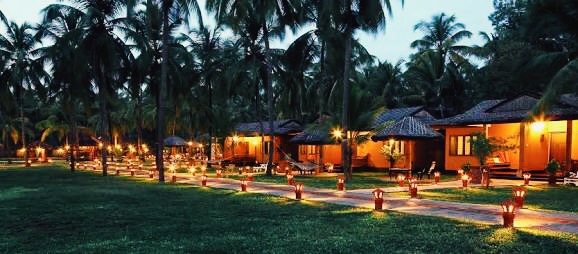
There are overall 5 main parts which make up the panchakarma therapy. They are Vamana (Emesis), Virechana (Purgation), Niroohavasti (Decoction enema), Nasya (Instillation of medicine through nostrils), and Anuvasanavasti (Oil enema).
Some of the treatments are rather intense and for people who are not really familiar with ayurvedic medicine it may be too much to take all at once and in just one week – which is the process I’ve opted for. All treatments are designed with a view to cleanse your body of toxins, boost your immune system and create a positive mind/body balance.
After receiving my individual consultation the physician decided to opt for more outside body treatments instead of internal medicine.
Here are some of the treatments I’ve undergone so far:
Abhyanga
It is an individually prepared herbal-oil massage designed to deeply penetrate the skin, relax the mind-body, break up impurities, and stimulate both arterial and lymphatic circulation. It enhances the ability of nutrients to reach starved cells and allows for the removal of stagnant waste. Usually this treatment is performed by two Ayurvedic therapists working in synchrony with one another, hence creating a very thorough deep tissue massage. The body is then stamped with warm herbal balls (Kizhi) , prepared with rice and specific Vata calming herbs. This treatment gives a profound sense of nourishment and a deep regeneration of the nervous system.
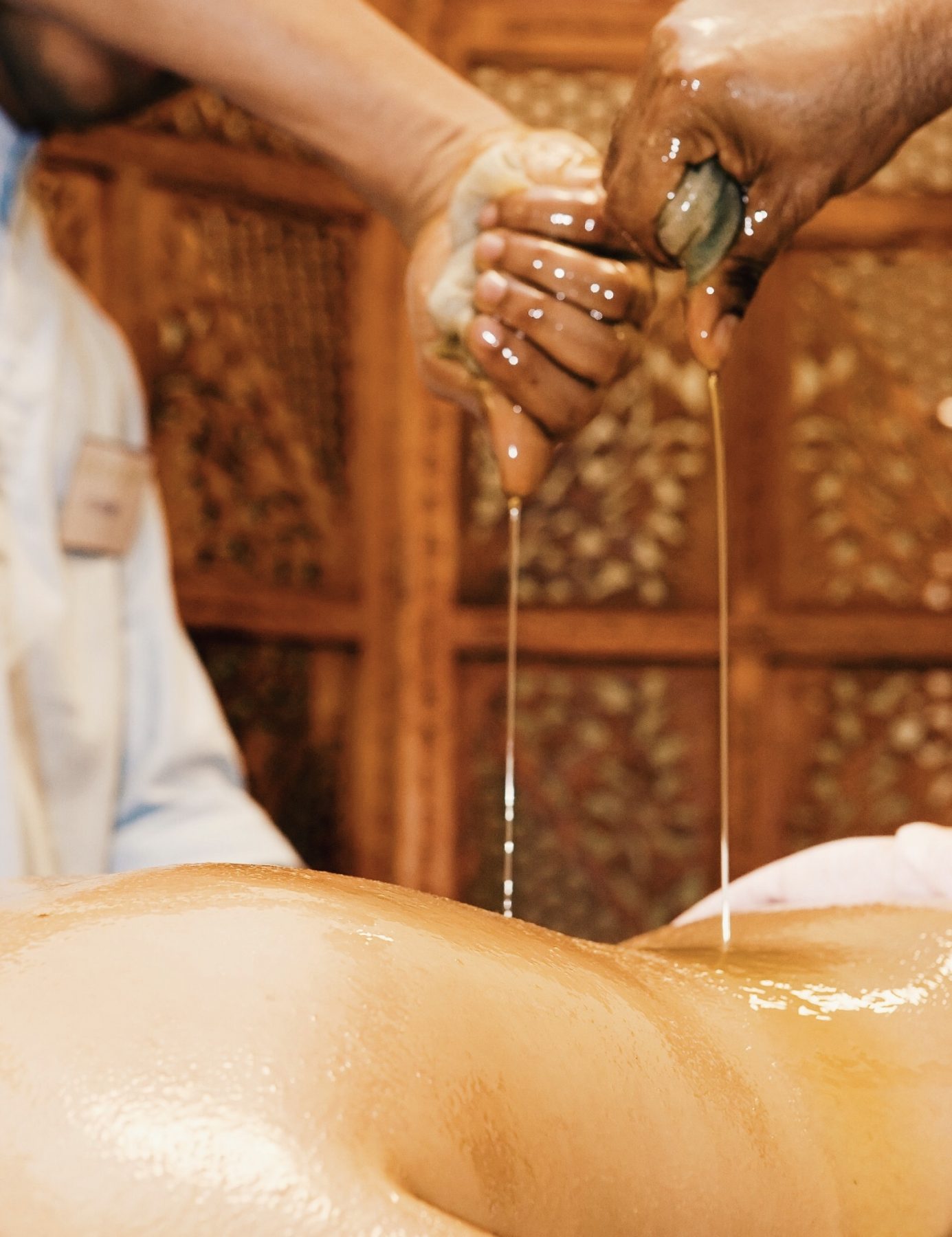
Shirodhara
It is administered by gently and methodically pouring warm herbalized oil over the forehead, synchronizing brain waves and profoundly coordinating and calming the mind, body, and spirit.
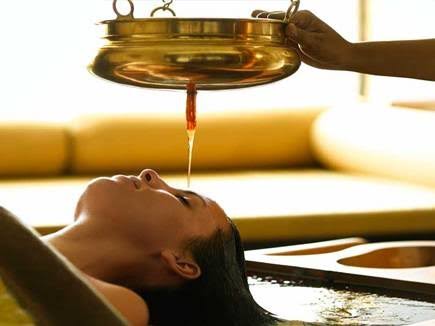
Shiro-Abhyanga-Nasya
This is a combination of a deep head/neck/shoulder massage and facial lymphatic massage, followed by deep inhalation of therapeutic aromatic steam, and a nasal and sinus nasya with herbalised nose drops. This popular treatment is an invaluable tool for balancing most head, neck and respiratory disorders.
Two, three, sometimes even four of these therapies are linked together during the course of one day’s treatments. In between treatments you are expected to meditate with a teacher or do yoga exercises. This of course is combined with an organic, vegetarian diet (I will give you more insight on this in my later stories) and lots of special herbal tea and water.
